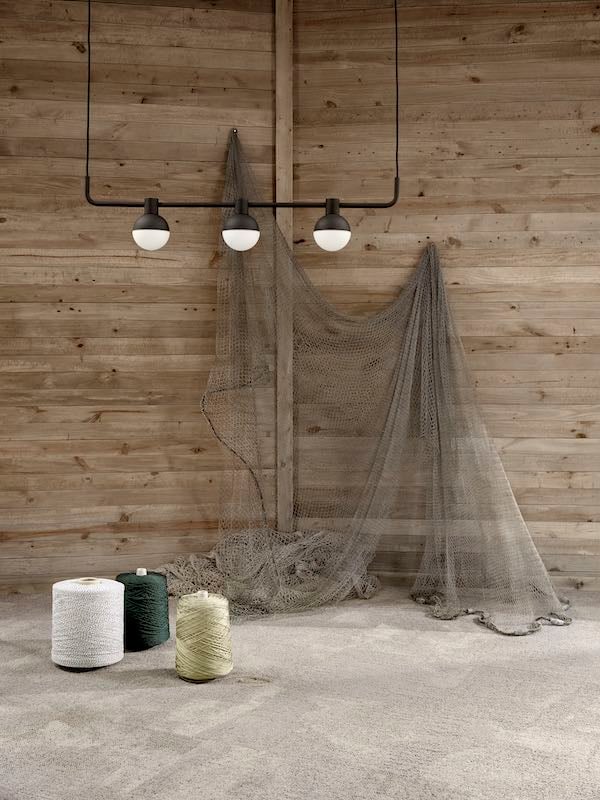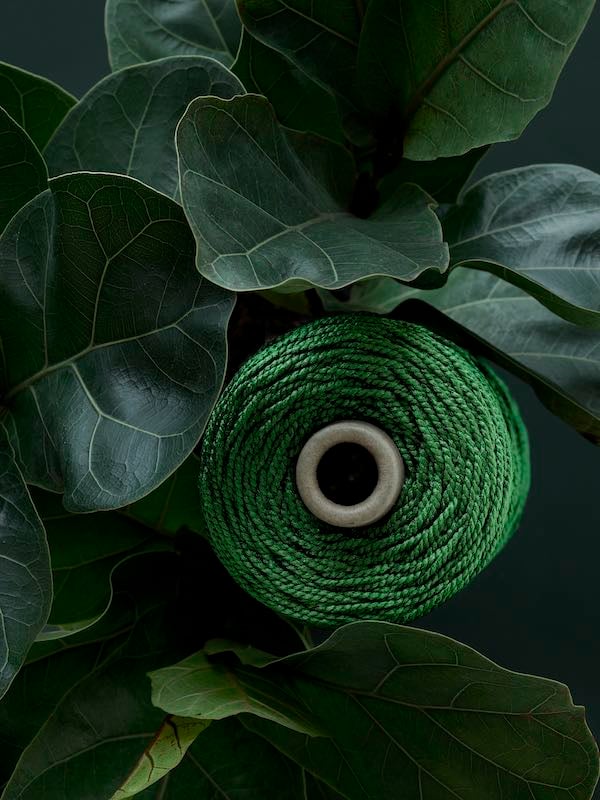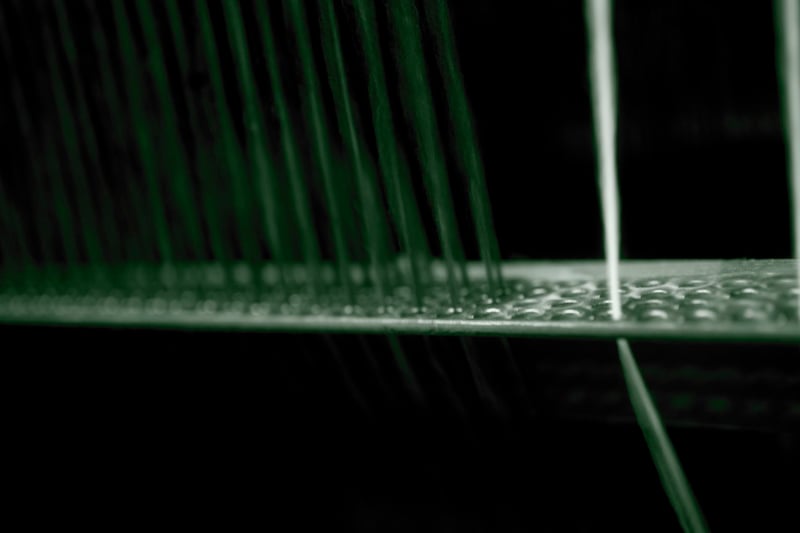
This guide is designed to provide you with insight into the sustainable options available in carpets. So if you're mindful about the environmental impact of your carpet choices, we hope you'll have greater knowledge of sustainable carpet alternatives, environmentally friendly carpet manufacturing processes, the importance of product life cycles and the circular economy, eco-friendly carpet materials and what to look for when it comes to the best sustainable carpets.
Choosing sustainable flooring has become increasingly important as the world faces the climate crisis and environmental damage. This guide is for you if you're in the market for an eco-friendly carpet option and care about your environmental footprint.
The focus is on making sustainable choices that align with the UN’s Sustainable Development Goals for 2030 and that includes environmentally sustainable flooring.
The carpet industry has undergone substantial technological advances, particularly when it comes to leaving the right footprint and making sustainability available to everyone. There's now noticeably more environmentally friendly options to choose from and making a green choice in carpet is becoming more and more commonplace.
Sustainable flooring can be made from natural, renewable and biodegradable raw materials such as wool or bamboo. But sustainable carpets can also come from recycled goods such as plastic bottles and other industrial nylon waste. Fishing nets left in the ocean, textile waste from clothing production and carpets at the end of their life are materials used in environmental carpet solutions. What's more, these materials can in turn be down-cycled when worn out and used further in furniture and automobile production.
In addition to using sustainable materials, sustainable carpet options will also entail eco-friendly manufacturing processes. This means that the yarn dyes, the water used for the dying, the yarn residues, the cardboard cones and the pallets are all recycled and reused. And the entire production is powered by renewable energy.

A sustainable carpet is one that avoids incineration or landfill. It means all materials continue to be used in a closed loop and never become waste. And that also applies to the carpet at its life end - it should be able to be reused. One way of ensuring reuse is possible, is by using a single material for both the yarn and backing as it won't need separating.
Perhaps you're on the hunt for a carpet and keen to learn more about carpets with the least environmental impact. Here's some of the best sustainable carpets we've come up with – and we explain why.

Ege Carpets' range incorporates some of the best sustainable carpets. These include carpets from its Highline, Reform, Una and Rawline Scala concepts and that’s simply because all use a 100 percent regenerated and regenerable yarn. To top it off, most are fitted with a 100 percent recycled and down-cyclable carpet backing. Let's examine this a little further.
The yarn used in each of these carpet concepts is sourced from regenerated waste. Nylon products that have reached their life end, been disposed of in nature or industrial zones or are left-over waste from other manufacturing processes are refined into nylon chips and revived as nylon yarn. Later in its life, the nylon yarn can be stripped of its dye pigments and used again and again in future carpets. As such, the yarn completes a closed loop.
It's not just the yarn that counts. The best sustainable carpets also use recycled products for their backings. Waste such as plastic water bottles make an excellent felt carpet backing with sound reducing abilities. Regenerated materials such as these can be used again and again, removing waste from the process and scoring a Cradle to Cradle certification.
The best sustainable carpets will also feature low emissions of volatile organic compounds (VOC) which are gases with potentially adverse effects. Indoor Air Comfort Gold certification is the surest way to tell if your carpet meets low product emission requirements.
There's a current drive to produce sustainable carpets that involve a circular production deserving of Cradle to Cradle certification. What does that mean for the materials that make up a carpet?

The eco-friendliness of your carpet materials can be assessed against a number of criteria. For example, are the materials:
With that in mind, let's look at two types of eco-friendly yarns:
Recycled objects such as plastic bottles make eco-friendly carpet backings, particularly given their ability to form parts of new PET products such as vehicle interiors and insulation materials.
A carpet that uses the same material for both its face and backing avoids the costly process of separation and purification. In this way, a mono material takes the recyclability of a carpet a long way further.
An integral part of a sustainable carpet is the low emission of volatile organic compounds (VOCs). What are VOCs and how do you know if your carpet is a low VOC carpet?

The recognisable smell of a new carpet is actually the potentially harmful gases and fumes released from the chemicals used in its manufacture. These are known as VOCs.
A low VOC carpet is manufactured to reduce the emission of VOCs. They have been made to avoid materials that include chemicals such as 4-PCH, aromatic compounds and formaldehyde that are found in PVC, rubber backings and bonding agents.
Many certification programs around the world assess VOC emissions from carpets to varying standards. Your best guide is the Indoor Air Comfort Gold certification to ensure your carpet fulfills low emissions requirements.
We know that choosing sustainable flooring has become increasingly important for both you and your clients. The environmental impact of choices are now driving decisions. We hope this guide has given you greater knowledge about the eco-friendly alternatives available in carpet choices - the options of environmentally sustainable carpet materials, more eco-friendly manufacturing processes and the possibilities to achieve a circular economy with recycled and recyclable products.
Design inspiration delivered straight to you